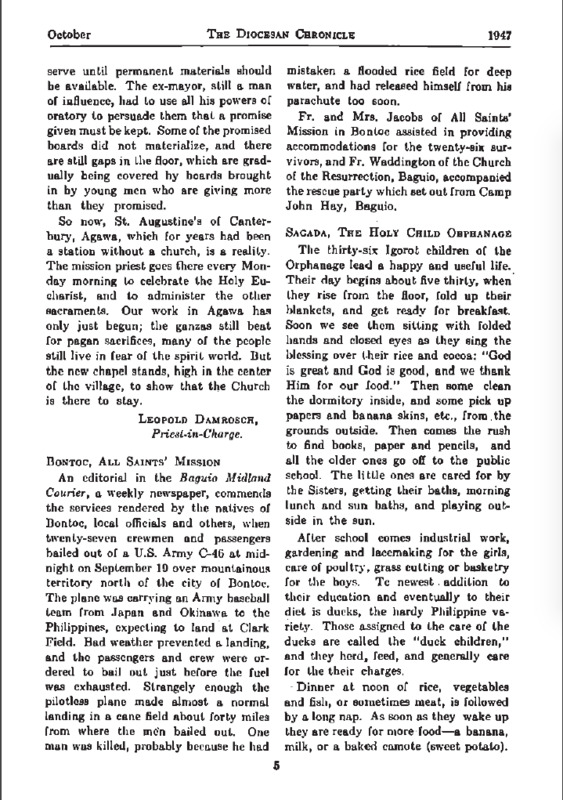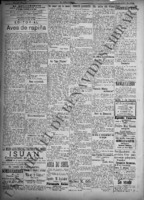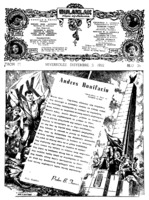
Sagada, The Holy Child Orphanage
Among women writers in the Philippines, nuns have a prominent place. There are several projects addressing their writing. For example, the Bieses project (https://www.bieses.net/) studies writing in women's communities before 1800 and their networks of sociability in the Spanish-speaking world, including communities of nuns in the Philippines. In the 20th century, religious women continued to write prayers and different types of devotional writing, but with the proliferation of magazines, newspapers and printing presses dedicated to the expansion of the faith, the scope of their writing was expanded and they came to write from autobiographical accounts of their experience in the Philippine Revolution, such as that of Sister Mercedes de la Ascensión and Sister Coronación con Espinas, to articles in newspapers, such as the one we see here by the Sisters of the Community of St. Mary in Mountain Province. The article offers a vivid description of the joyful life of orphans in Sagada, with a brief moment of tension when one of the children mentions Filipino superstitions. The dramatic turn of events, the description of the situation and the resolution of the situation are a testament to the narrative skills of the nun describing the miracle.
-
Fecha
-
1947-10
-
Fuente
-
Sisters of the Community of St. Mary. 1947. “Sagada, The Holy Child Orphanage,” The Diocesan Chronicle XXIV, num.7, October, 1947, pp. 5-6. In Open Access Repository @ UPD.
-
Relación
-
Ascension, Mercedes de la, y Maria de la Coronacion de Espinas. Relacion de todo lo ocurrido desde que salimos de nuestros colegios de Vigan y Tuguegarao hasta nuestra vuelta a Manila. Manila: Imprenta de Santo Tomas, 1900.Bieses. Biografía de escritoras españolas.
-
Editor
-
Item held at University of the Philippines Diliman and University of Antwerp VLIRUOS Rare Periodicals Open Access Repository
-
Colaborador
-
Rocío Ortuño Casanova and Annelies Diels
-
Idioma
-
English




